Related Research Articles
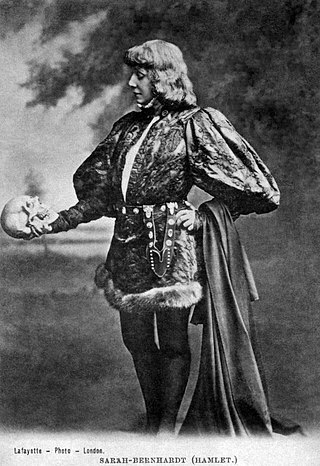
Acting is an activity in which a story is told by means of its enactment by an actor who adopts a character—in theatre, television, film, radio, or any other medium that makes use of the mimetic mode.

Konstantin Sergeyevich Stanislavski was a seminal Soviet Russian theatre practitioner. He was widely recognized as an outstanding character actor, and the many productions that he directed garnered him a reputation as one of the leading theatre directors of his generation. His principal fame and influence, however, rests on his "system" of actor training, preparation, and rehearsal technique.

Method acting, known as the Method, is a range of rehearsal techniques, as formulated by a number of different theatre practitioners, that seeks to encourage sincere and expressive performances through identifying with, understanding, and experiencing a character's inner motivation and emotions. These techniques are built on Stanislavski's system, developed by the Russian actor and director Konstantin Stanislavski and captured in his books An Actor Prepares, Building a Character, and Creating a Role.

Stanislavski's system is a systematic approach to training actors that the Russian theatre practitioner Konstantin Stanislavski developed in the first half of the twentieth century. His system cultivates what he calls the "art of experiencing". It mobilises the actor's conscious thought and will in order to activate other, less-controllable psychological processes—such as emotional experience and subconscious behaviour—sympathetically and indirectly. In rehearsal, the actor searches for inner motives to justify action and the definition of what the character seeks to achieve at any given moment.

Lee Strasberg was an American theatre director, actor and acting teacher. He co-founded, with theatre directors Harold Clurman and Cheryl Crawford, the Group Theatre in 1931, which was hailed as "America's first true theatrical collective". In 1951, he became director of the nonprofit Actors Studio in New York City, considered "the nation's most prestigious acting school," and, in 1966, was involved in the creation of Actors Studio West in Los Angeles.

Sanford "Sandy" Meisner was an American actor and acting teacher who developed an approach to acting instruction that is now known as the Meisner technique. While Meisner was exposed to method acting at the Group Theatre, his approach differed markedly in that he completely abandoned the use of affective memory, a distinct characteristic of method acting. Meisner maintained an emphasis on "the reality of doing", which was the foundation of his approach.

Stella Adler was an American actress and acting teacher.
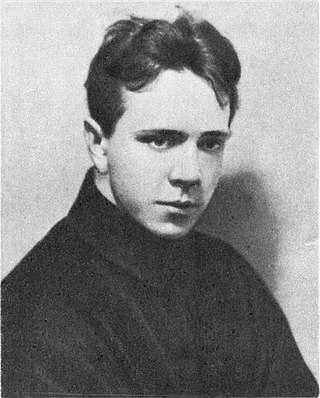
Mikhail Aleksandrovich Chekhov, known as Michael Chekhov, was a Russian-American actor, director, author, and theatre practitioner. He was a nephew of the playwright Anton Chekhov and a student of Konstantin Stanislavski. Stanislavski referred to him as his most brilliant student.
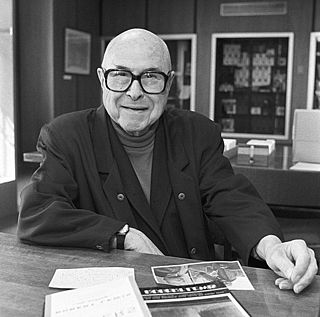
Robert Lewis was an American actor, director, teacher, author and founder of the influential Actors Studio in New York in 1947.
Mood congruence is the consistency between a person's emotional state with the broader situations and circumstances being experienced by the persons at that time. By contrast, mood incongruence occurs when the individual's reactions or emotional state appear to be in conflict with the situation. In the context of psychosis, hallucinations and delusions may be considered mood congruent or incongruent.
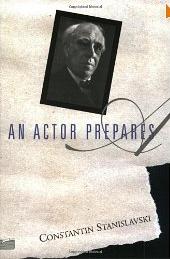
An Actor Prepares is the first of Konstantin Stanislavski's books on acting, followed by Building a Character and Creating a Role. Stanislavski intended to publish the contents of An Actor Prepares and Building a Character as a single volume, and in the Russian language. However, An Actor Prepares was first published as a single volume in English, and World War II delayed the publication of Building a Character for more than ten years.
Psychotechnique forms part of the 'system' of actor training, preparation, and rehearsal developed by the Russian theatre practitioner Konstantin Stanislavski. It describes the inner, psychological elements of training that support what he called "experiencing" a role in performance. In a rehearsal process, psychotechnique is interrelated with the "embodiment" of the role, in order to achieve a fully realised characterisation. Stanislavski describes the elements of psychotechnique in the first part of his manual An Actor's Work.
Twentieth-century theatre describes a period of great change within the theatrical culture of the 20th century, mainly in Europe and North America. There was a widespread challenge to long-established rules surrounding theatrical representation; resulting in the development of many new forms of theatre, including modernism, expressionism, impressionism, political theatre and other forms of Experimental theatre, as well as the continuing development of already established theatrical forms like naturalism and realism.
True and False: Heresy and Common Sense for the Actor by David Mamet is a 1997 instructional book on acting, and the life and habits of the successful actor. In it, Mamet outlines his thoughts on acting, and gives advice for those practicing the craft and for aspiring practitioners.

The "art of representation" is a critical term used by the seminal Russian theatre practitioner Konstantin Stanislavski to describe a method of acting. It comes from his acting manual An Actor Prepares (1936). Stanislavski defines his own approach to acting as "experiencing the role" and contrasts it with the "art of representation". It is on the basis of this formulation that the American Method acting teacher Uta Hagen defines her recommended Stanislavskian approach as 'presentational' acting, as opposed to 'representational' acting. This use, however, directly contradicts mainstream critical use of these terms. Despite the distinction, Stanislavskian theatre, in which actors 'experience' their roles, remains 'representational' in the broader critical sense.
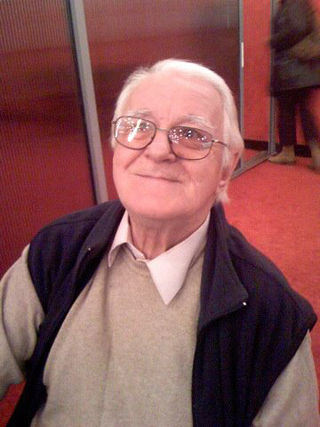
Ion Cojar was a Romanian acting teacher, researcher, and theatre director. He is the founder of a unique method that revolutionised the Romanian school of acting.
Masks or Faces? A Study in the Psychology of Acting is an 1888 book by William Archer. It is based on a series of articles entitled “The Anatomy of Acting” that he had previously published in Longman's Magazine.
Paradox of the Actor is a dramatic essay by French writer Denis Diderot. It was written between 1770 and 1778 but first published after the death of the author in 1830. The work elucidates a theory of acting in which it is argued that great actors do not experience the emotions they are displaying.
An acting coach or drama coach is a teacher who trains performers – typically film, television, theatre, and musical theatre actors – and gives them advice and mentoring to enable them to improve their acting and dramatic performances, prepare for auditions and prepare better for roles.
References
- ↑ Strasberg, Lee (1988). A Dream of Passion. Plume. ISBN 0452261988.
- ↑ Strasberg, John (2000). Accidentally on purpose. Applause Books. ISBN 1557833583.